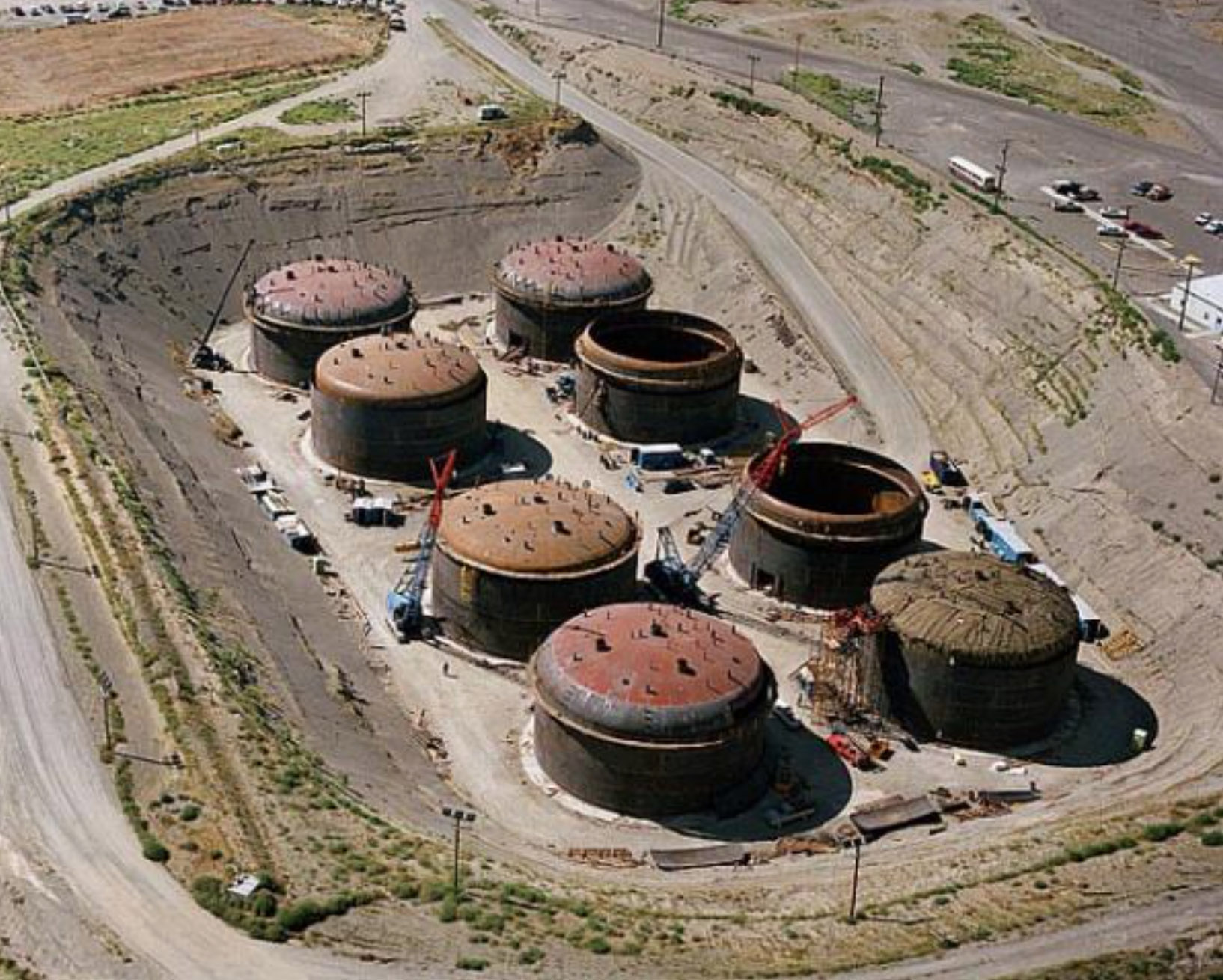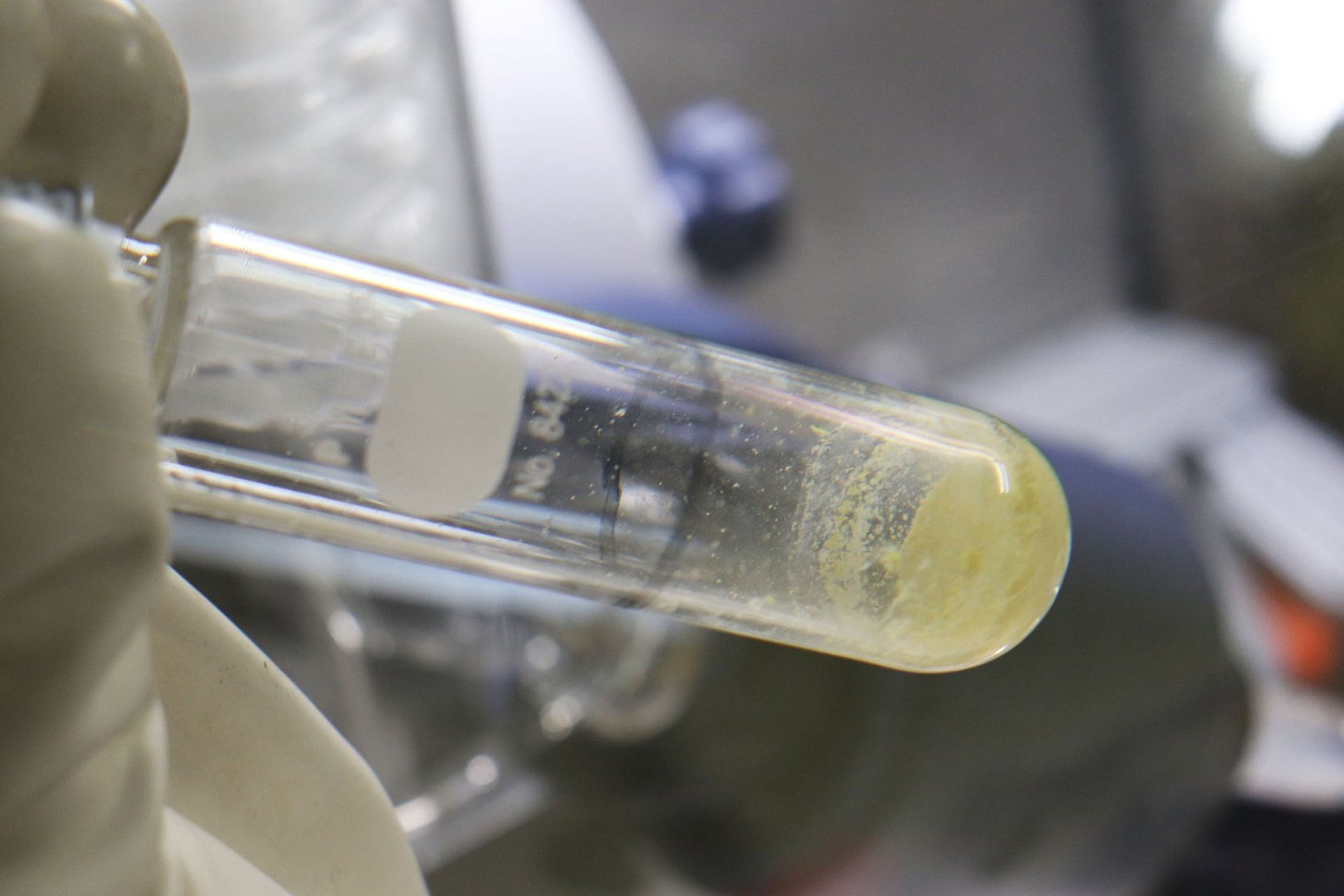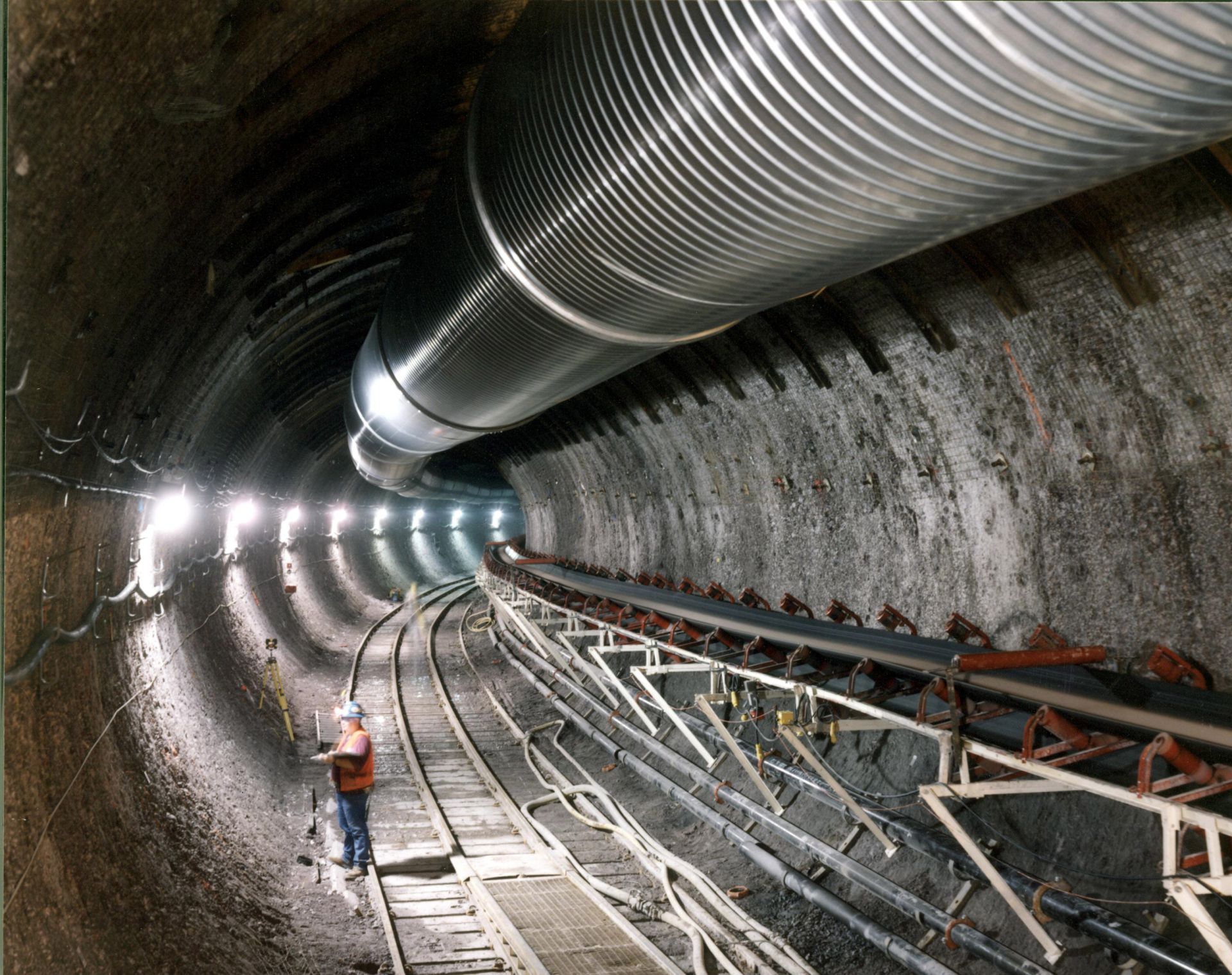The first sector of the ITER vacuum vessel was placed in the assembly pit in May. Here, a technician positions targets on the surface of the component to be used in laser metrology. (Photo: ITER Organization)
Delivery of electricity from fusion is considered by the National Academies of Engineering to be one of the grand challenges of the 21st century. The tremendous progress in fusion science and technology is underpinning efforts by nuclear experts and advocates to tackle many of the key challenges that must be addressed to construct a fusion pilot plant and make practical fusion possible.
Senate confirms Dr. Kathryn Huff as Assistant Secretary of Energy at the U.S. Department of Energy’s Office of Nuclear Energy
La Grange Park, Ill. — The American Nuclear Society (ANS) welcomes the Senate’s confirmation of Dr. Kathryn Huff to be the Assistant Secretary of Energy at the U.S. Department of Energy’s Office of Nuclear Energy (NE).
UCOR workers remove waste from the Alpha-2 building at the Y-12 National Security Complex in Oak Ridge. (Photo: DOE)
The Department of Energy recently awarded $24.7 million to Oak Ridge cleanup contractor UCOR for its work at the Oak Ridge site in Tennessee from April 2021 through October 2021, amounting to 98 percent of the available fee for the evaluation period.
The DOE and a contractor recently succeeded in disposing of Oak Ridge’s low-activity U-233, but not before recovering Th-229 from the material.
A vial containing Th-299 extracted from uranyl nitrate.
This past October, the Department of Energy’s Oak Ridge Office of Environmental Management (OREM) and its contractor Isotek successfully completed processing and disposing the low-dose inventory of uranium-233 stored at Oak Ridge National Laboratory (ORNL), ending a two-year effort that has eliminated a portion of the site’s legacy nuclear material and provided rare nuclear isotopes for next-generation cancer treatment research.
Senate Committee hearing for considering nomination is March 17
La Grange Park, Ill. (March 14, 2022) — The American Nuclear Society (ANS) endorsed the nomination of Dr. Kathryn Huff to be the U.S. Department of Energy’s Assistant Secretary of Energy.
The electric power transmission grid of the U.S. consists of thousands of miles of lines operated by hundreds of companies.
To do big things, like building the interstate highway system, or going to the moon, government usually has a plan. Electric companies and grid operators, which are responsible for keeping the lights on, always have a plan. But something unusual has happened in the past few months. About four dozen U.S. utilities, plus the federal government and many states, have promised to do something extremely big: to eliminate carbon dioxide emissions, or cut them drastically. But they are not clear on how.
ANS presented Civil Rights-era students and the U.S. Dept. of Energy with inaugural award for integrating first public schools in the southeast U.S.
The American Nuclear Society (ANS) has honored eighty-five Black former students from Tennessee, known as the Scarboro-Oak Ridge, TN 85, and the U.S. Department of Energy (DOE) with the society’s inaugural Social Responsibility in the Nuclear Community Award for their courage and leadership in pioneering the integration of public schools in the southeast United States.
ANS is honoring Civil Rights-era students and the U.S. Dept. of Energy with inaugural award for integrating first public schools in the southeast U.S.
The American Nuclear Society (ANS) is honoring 85 former students from Tennessee, known as the Scarboro-Oak Ridge, TN 85, and the U.S. Department of Energy (DOE) with the society’s inaugural Social Responsibility in the Nuclear Community Award for their roles in integrating in 1955 the first public schools in the southeastern United States. The award will be presented at the upcoming 2021 ANS Winter Meeting and Technology Expo (Nov. 30 – Dec. 3) being held in Washington, D.C.
Southern California Edison has a plan—and it just might build momentum to solve the nation’s spent nuclear fuel disposal dilemma.
Imagine it’s January 1998. A specially equipped train from the Department of Energy rolls up to the San Onofre Nuclear Generating Station (SONGS) to pick up spent nuclear fuel and take it to the Yucca Mountain repository in Nevada. This scene is repeated thousands of times at nuclear plant sites across the U.S. over the ensuing decades. The solution to permanent spent fuel disposal as outlined in the Nuclear Waste Policy Act (and its amendments) is working as intended. The nation’s commercial spent fuel is safely isolated deep underground for the long term.
But that is not what happened. Work on Yucca Mountain has been stalled for a full decade, and the organization within the DOE that by law is responsible for managing the spent fuel program has been defunded and disbanded.
Free online K-12 curriculum on nuclear science includes virtual field trips, project starters and lessons
With back-to-school season upon us, the American Nuclear Society (ANS) is excited to announce that our Navigating Nuclear: Energizing Our World curriculum now reaches all grade levels and can be accessed at ans.org/navigatingnuclear.
A rendering of the VTR facility. (Image: INL)
The Department of Energy announced in 2020 its approval of Critical Decision 1 for the Versatile Test Reactor (VTR) project, a one-of-a-kind scientific user facility that would support research and development of innovative nuclear energy and other technologies. The decision was well received by the nuclear energy community—after all, the DOE’s Nuclear Energy Advisory Committee had studied and reported on the need for the VTR and found strong support for the project among reactor developers, federal agencies and national laboratories, and university researchers.
The underground Exploratory Studies Facility at Yucca Mountain in Nevada built by the Department of Energy to determine whether the location was suitable as a deep geological nuclear waste repository. Courtesy of the Department of Energy.
It is no secret that the U.S. government’s program to manage and dispose of used nuclear fuel and high-level radioactive waste is in a deep ditch. Private companies continue to safely store used fuel at U.S. nuclear reactor sites, some of which ceased power operations decades ago. Other countries, such as Finland, Sweden, France, Canada, Switzerland, Russia, and China, are moving forward on permanent disposal, while for the past 11 years, the U.S. government has done nothing constructive to discharge its HLW disposal responsibilities. Rather than taking action, successive Congresses and administrations have sat on their collective hands.
















